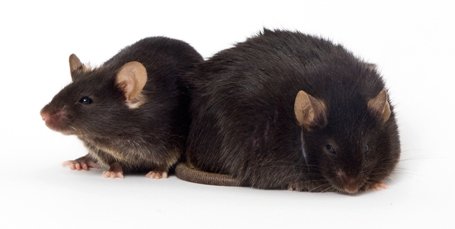References
Bohler, Jr., H., Mokshagundam, S. & Winters, S.J. 2010. Adipose Tissue and Reproduction in Women. Fertility and Sterility, 94(3), 795-825. doi: 10.1016/j.fertnstert.2009.03.079
Borel, P. (2003). Factors affecting intestinal absorption of highly lipophilic food microconstituents (fat-soluble vitamins, carotenoids and phytosterols). Clinical Chemistry and Laboratory Medicine, 41(8), 979-994. doi: 10.1515/CCLM.2003.151
Dempersmier, J., Sambeat, A., Gulyaeva, O., Paul, S.M., Hudak, C.S.S., Raposo, H.F., Kwan, H-Y., Kang, C., Wong, R.H.F. & Sul, H.S. (2015). Cold-inducible Zfp516 activates UCP1 transcription to promote browning of white fat and development of brown fat. Molecular Cell, 57(2), 235-246. doi: 10.1016/j.molcel.2014.12.005
Fedorenko, A., Lishko, P.V. & Kirichok, Y. (2012). Mechanism of fatty-acid-dependent UCP1 uncoupling in brown fat mitochondria. Cell, 151(2), 400-413. doi: 10.1016/j.cell.2012.09.010
Ferris, W.F. & Crowther, N.J. (2011). Once fat was fat and that was that: our changing perspectives on adipose tissue. Cardiovascular Journal of Africa, 22(3), 147-154. doi: CFJ-21.066
Finn, S.C. (1999). Fat: can't live with it, can't live without it, part II. Journal of Womens Health, 8(1), 33-38.
Kershaw, E. & Flier, J. (2004). Adipose tissue as an endocrine organ. Journal of Clinical Endocrinology & Metabolism, 89(6), 2548-2556. doi: 10.1210/jc.2004-0395
Lago, F., Gómez, R., Gómez-Reino, J.J., Dieguez, C. & Gualillo, O. (2009). Adipokines as novel modulators of lipid metabolism. Trends in Biochemical Sciences, 34(10), 500-510. doi:10.1016/j.tibs.2009.06.008
Meseguer, A., Puche, C. & Cabero, A. (2002). Sex steroid biosynthesis in white adipose tissue. Hormone and Metabolic Research, 34(11-12), 731-736. doi: 10.1055/s-2002-38249
Miller, W. L. (1988). Molecular biology of steroid hormone synthesis. Endocrine Reviews, 9(3), 295-318. doi: 10.1210/edrv-9-3-295
Roodenburg A.J.C., Leenen, R., van het Hof, K.H., Weststrate, J.A. & Tijburg, L.B. (2000). Amount of fat in the diet affects bioavailability of lutein esters but not of alpha-carotene, beta-carotene, and vitamin E in humans. The American Journal of Clinical Nutrition, 71(5), 1187-1193.
Uauy, R., Mena, P. & Rojas, C. (2000). Essential fatty acids in early life: structural and functional role. Proceedings of The Nutrition Society, 59(1), 3-15. doi: 10.1017/S0029665100000021
van het Hof K.H., West, C.E., Weststrate, J.A., & Hautvast, J.G. (2000). Dietary factors that affect the bioavailability of carotenoids. Journal of Nutrition, 130(3), 503-506.
van Meer G., Voelker, D.R., & Feigenson, G.W. (2008). Membrane lipids: where they are and how they behave. Nature Reviews Molecular Cell Biology, 9(2), 112-124. doi:10.1038/nrm2330
Vatier, C., Bidault, G., Briand, N., Guénantin, A.C., Teyssières, L., Lascols, O., Capeau, J. & Vigouroux, C. (2013). What the genetics of lipodystrophy can teach us about insulin resistance and diabetes. Current Diabetes Reports, 13(6), 757-767. doi: 10.1007/s11892-013-0431-7
Lassek, W.D. & Gaulin, S.J.C. (2006). Changes in body fat distribution in relation to parity in American women: A covert form of maternal depletion. American Journal of Physical Anthropology, 131(2), 295–302. doi: 10.1002/ajpa.20394
Wozniak, S.E., Gee, L.L., Wachtel, M.S. & Frezza, E.E. (2009). Adipose tissue: the new endocrine organ? A review article. Digestive Diseases and Sciences, 54(9), 1847-1856. doi: 10.1007/s10620-008-0585-3



